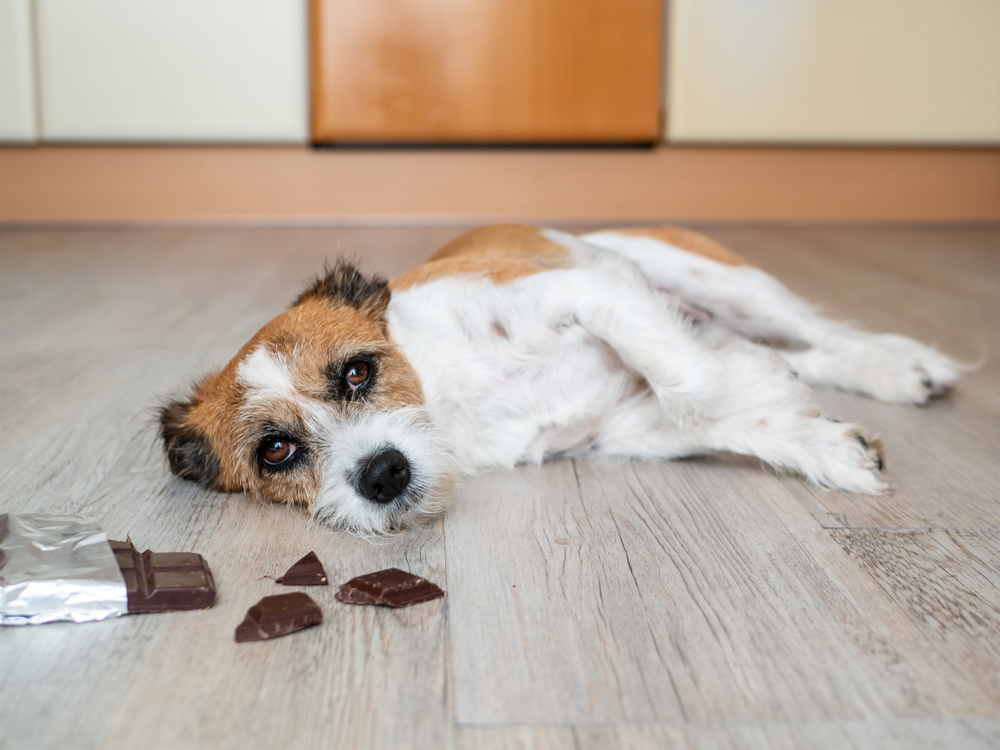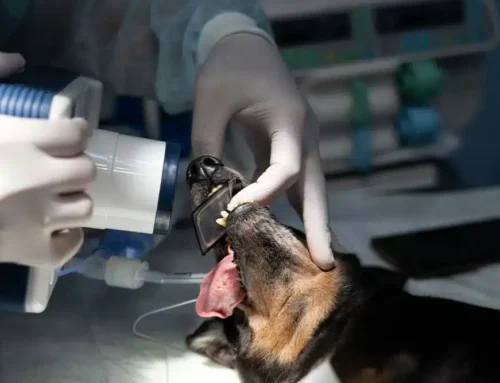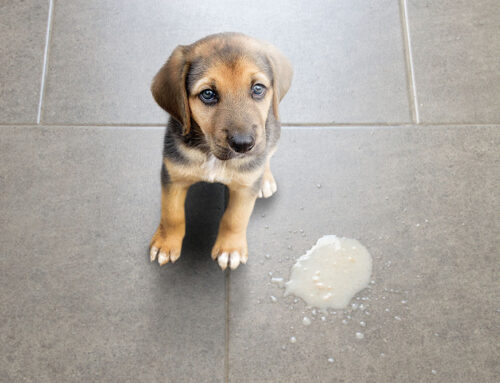Chocolate is a favorite treat for many people, but did you know it can be extremely harmful to your furry friend? Dogs and cats can’t metabolize certain components of chocolate, which cause them toxicity if they ingest it. As a responsible pet owner, you need to understand the risks your furry pal faces if they ingest chocolate. Our Peak Pet Urgent Care team describes pets’ chocolate toxicity signs, so you can learn how to keep your furry pal healthy and safe.
Toxic mix: Pets and chocolate
Chocolate contains two main ingredients, theobromine and caffeine, responsible for pets’ toxicity. Theobromine and caffeine are stimulants that can cause adverse effects when a cat or dog consumes a large amount. The amount of chocolate your pet ingests in relation to their size determines their toxicity level. While people can metabolize theobromine relatively quickly, dogs and cats process it slower, leading toxins to build up in their system.
The chocolate type a pet ingests also determines its toxicity level. The darker the chocolate, the more harmful. Dark chocolate, cacao powder, and baker’s chocolate contain about 130 to 450 mg of theobromine per ounce as opposed to milk chocolate, which roughly contains 44 to 58 mg per ounce.
Chocolate toxicity signs in pets
Pets’ chocolate toxicity signs vary depending on factors, such as the type and amount of chocolate ingested, as well as a pet’s size and health status. Pets’ common chocolate toxicity signs include:
- Vomiting and diarrhea
- Increased heart rate
- Heart arrhythmias
- Restlessness or hyperactivity
- Elevated body temperature
- Rapid breathing
- Panting
- Tremors or seizures
- Bruising or bleeding
- Collapse
When a pet’s chocolate toxicity is acute, they exhibit immediate signs. A pet can also experience prolonged chocolate toxicity signs, such as anemia or organ damage, over time. If you suspect your cat or dog has gotten into chocolate, contact your primary care veterinarian or go straight to Peak Pet Urgent Care.
What to do if your pet ingests chocolate
A pet’s chocolate ingestion could cause them to experience a health emergency. If you know your pet has eaten chocolate or discover evidence they have consumed it, such as a candy wrapper, follow these tips:
- Assess the situation — Gather information on the type and amount of chocolate your pet has ingested and consider your furry pal’s size and weight. This information will help determine your pet’s toxicity severity and necessary treatment.
- Contact our team — If you have determined or suspect your pet has eaten chocolate, call Peak Pet Urgent Care immediately. Be prepared to provide details about your pet’s condition and the type of chocolate consumed.
- Monitor your pet — While en route to our office, monitor your pet for chocolate toxicity signs or to determine whether their condition is worsening. Through careful observation, you can provide our team with helpful information when you arrive at our hospital.
Chocolate toxicity treatment in cats and dogs
Treatment for chocolate toxicity typically involves managing gastrointestinal (GI) distress and controlling cardiovascular and neurologic stimulation. We may use anti-nausea and anti-diarrheal medications in conjunction with intravenous (IV) fluids to keep your pet hydrated. If your pet ingested chocolate within an hour or two of getting treatment, we can induce vomiting and use activated charcoal to absorb the remaining toxins. If your pet has ingested a large amount of chocolate, they will likely be admitted overnight so we can closely monitor their heart rate and rhythm, and possible neurologic complications.
Prevent your pet from experiencing chocolate toxicity

The best way to prevent your pet from experiencing chocolate toxicity is to ensure they can’t access chocolate. To keep chocolate out of your pet’s reach, follow these tips:
- Store chocolate in secure containers or cabinets that are inaccessible to pets.
- Educate family members and guests about the dangers of feeding chocolate to pets.
- Backpacks and purses often contain chocolate and other toxins, so ensure these items are placed on hooks or in closets.
- Supervise children when they eat chocolate or other chocolate-containing treats.
- Be extra vigilant during holidays and special occasions when chocolate consumption is common.
You can keep your pet safe from chocolate ingestion’s harmful effects by learning to recognize chocolate toxicity signs and taking swift action if your pet has eaten chocolate. Contact our Peak Pet Urgent Care team if you suspect your pet has ingested chocolate or for additional information on chocolate toxicity.







Leave A Comment